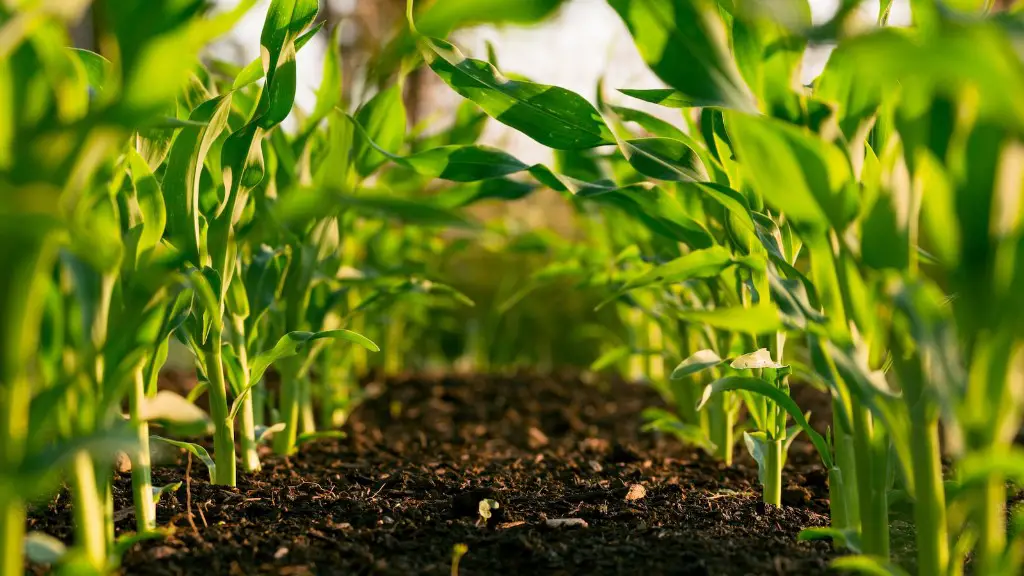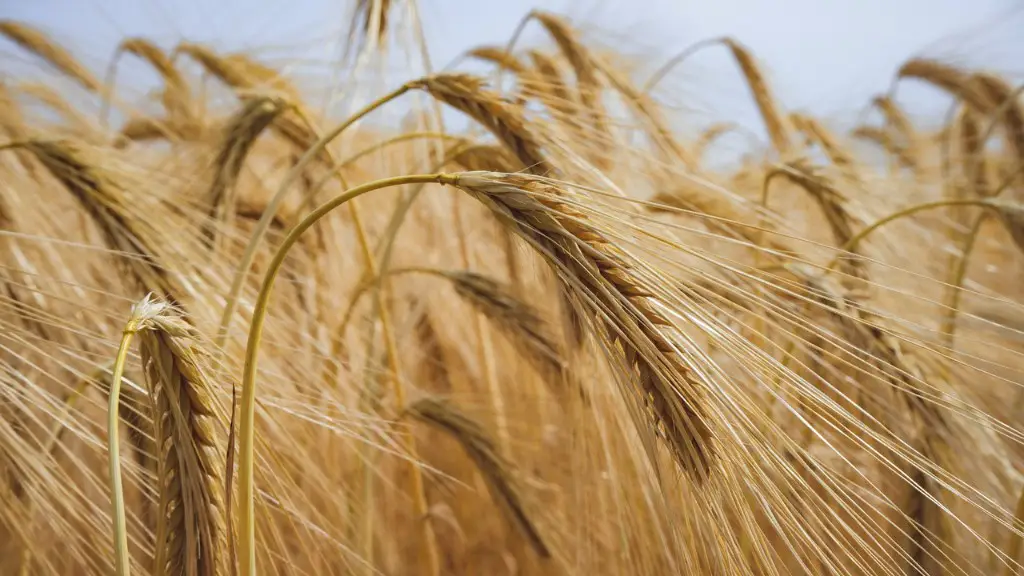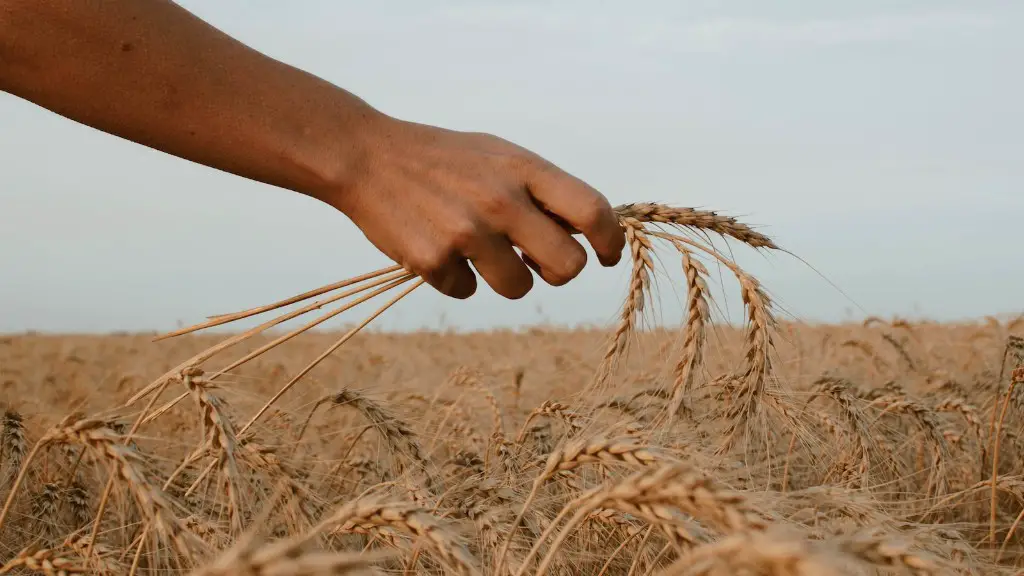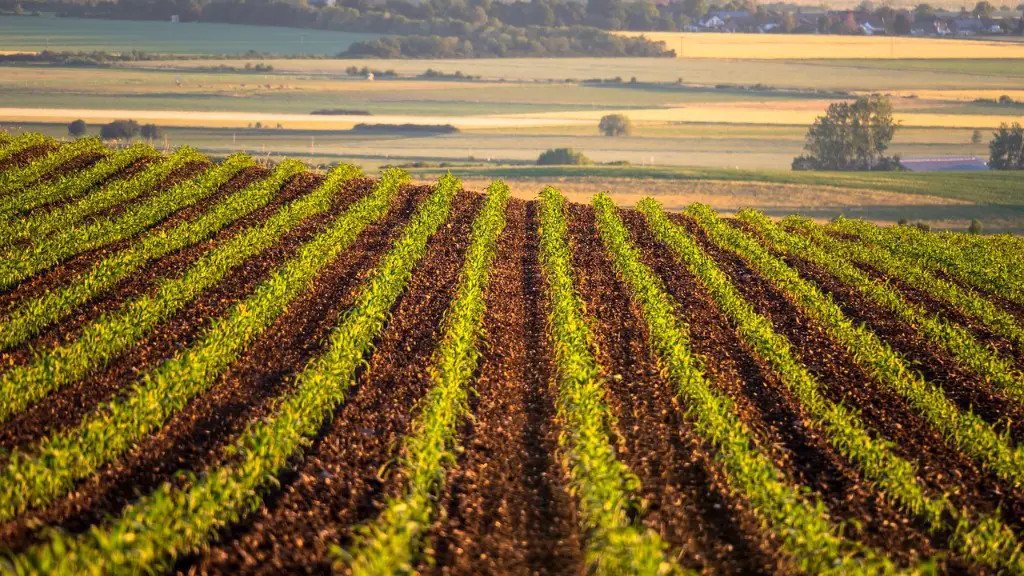Post-harvest technology in agriculture refers to the process of preparing crops for storage or for market. This usually involves cleaning, sorting, and packaging the crop. In some cases, crops may also need to be cooled or dried before they can be stored. Post-harvest technology can help to improve the quality of crops and to extend their shelf life.
Post-harvest technology in agriculture refers to all the processes and handling practices that are employed after the crops are harvested. This includes everything from cleaning and sorting the crops, to storing them in the most ideal conditions to preserve their quality, to preparing them for transport to market. Post-harvest technology is critical to ensuring that the food we eat is of the highest quality and safe to consume.
What is meant by postharvest technology?
Post-harvest technology is a field of study that deals with the methods and techniques used to preserve and store agricultural produce after it has been harvested. This can include everything from cleaning and sorting the produce to packaging and labeling it for distribution. Post-harvest technology is important because it helps to ensure that the food we eat is safe and of the highest quality.
Post-harvest technology is important for two main reasons:
1) It has the potential to reduce food losses and wastage, making more food available for consumption.
2) It can improve the nutritional value of food items by proper processing and fortification.
Post-harvest technology also has the potential to create rural industries, providing employment and income opportunities for rural residents.
What are the examples of post harvest
After the crops are harvested, there are a number of post-harvest activities that need to be carried out in order to prepare them for market or further processing. These activities include crop cleaning, sun drying, shelling, fumigating, curing, sorting, grading, packing, and cooling. Each of these activities is important in ensuring that the crops are of the highest quality and are able to withstand the rigors of transportation and storage.
Postharvest handling is a critical stage in crop production, as it can determine the quality and shelf life of the crop. Proper postharvest handling can help to preserve the crop and keep it fresh for longer.
What are the 3 main objectives of postharvest technology?
Postharvest technology is the branch of science that deals with the treatment of fruits and vegetables after they have been harvested. The three main objectives of applying postharvest technology to harvested fruits and vegetables are: to maintain quality (appearance, texture, flavor and nutritive value), to protect food safety, and to reduce losses between harvest and consumption.
There are many different techniques that can be used to achieve these objectives, and the choice of technique will depend on the type of fruit or vegetable being treated, as well as the desired outcome. Some common postharvest treatments include washing, waxing, grading, packaging, storage, and transportation.
The postharvest chain refers to the set of activities that take place after crops are harvested. This includes activities such as efficient harvesting, conveying and transportation, storage, processing and preservation, packaging, marketing and utilization. Each of these activities is important in ensuring that crops are of good quality and are used in the most efficient way possible.
What are the principles of postharvest technology?
It is important to handle fruits and vegetables carefully after harvest in order to reduce the rate of respiration and other processes that can cause deterioration and quality loss. This includes clean and efficient handling, which is more important than the sophistication of the postharvest equipment used.
There are two main issues that arise for securing food: improving the crop harvesting process and reducing postharvest loss. The problem with postharvest loss is especially serious, as a large number of postharvest crops are discarded without being consumed.
What are post harvest tools
If you are looking for postharvest processing equipment, Intermediate Technology Publications has a catalog that includes driers, storage containers, cleaners, hand mills, power mills, shellers, decorticators (seed removers), oil processing equipment, fruit presses, and root crop cutters/graters.
Transporting, marketing, quality control, nutrition, extension, information and communication, administration and management are all economic activities. They are essential for the functioning of the economy and play a vital role in ensuring that people have the resources they need to live and thrive.
What are the 5 post harvest activity or practices?
Handling practices like harvesting, precooling, cleaning and disinfecting, sorting and grading, packaging, storing, and transportation are important in maintaining quality and extending shelf life. These practices help to ensure that products are safe to eat and meet consumer expectations. By following these practices, producers can minimize losses and maximize profits.
The management of temperature, ventilation, and relative humidity are the three most important factors that affect postharvest quality and storage life of horticultural produce. Controlling these three factors is essential to extend the storage life of horticultural produce. Managing temperature can prevent chilling injury and warmth injury; ventilation can prevent ethylene accumulation and bacterial growth; and relative humidity can prevent dehydration and fungal growth. Furthermore, maintaining proper temperature, ventilation, and relative humidity can also improve the appearance, texture, and flavor of horticultural produce.
What is the problem in post-harvest
There are many causes of post-harvest loss in this stage, including limited availability of suitable varieties for processing, lack of appropriate processing technologies, inadequate commercialization of new technologies and lack of basic infrastructure, inadequate facilities and infrastructure, and insufficient promotion of processed products.
While the causes of postharvest loss vary, there are three key issues that contribute: poor storage, lack of training, and limited data. Each of these challenges must be addressed in order to reduce postharvest loss.
Poor storage is often the root cause of postharvest loss. Crops must be stored properly in order to maintain quality and prevent spoilage. Lack of training can lead to poor storage practices, as people may not know how to properly store crops. Limited data also contributes to postharvest loss, as farmers may not have access to the information they need to make informed decisions about storage and prevention.
Addressing these three key issues is essential to reducing postharvest loss. Improving storage practices, providing training on proper storage techniques, and increasing access to data and information can all help to reduce the amount of food that is lost after harvest.
What are postharvest problems?
Postharvest losses can be a major issue in retail settings, particularly if providers do not take care to avoid common causes. These include rot, mechanical damage, poor handling, improper management of temperature and relative humidity, and hygiene problems during handling. Taking care to avoid these issues can help reduce postharvest losses and keep produce fresh for longer.
The hand sickle is the most common type of harvesting implement used in India. It is a small sickle with a curved blade that is used to harvest crops like wheat, maize, barley, pulses and grass. The hand sickle is also known as a darat, gandasa or small axe.
What are the 3 machines used in processing crops after harvesting
Different types of agricultural machines are used for different purposes. Tractors and power machines are used for soil cultivation, planting, fertilizing, pest control, irrigation, and produce sorting. Harvesting machines are used for harvesting crops, and post-harvest equipment is used for hay making.
Primary processing of cereals involves cleaning, grading, hulling, milling, pounding, grinding, tempering, parboiling, soaking, drying, and sieving. These processes remove the inedible fractions from the grains, leaving behind the nutritious, edible end product.
Final Words
Post-harvest technology in agriculture refers to the process of handling, storing, and distributing crops after they have been harvested. This includes everything from cleaning and sorting the crops to preparing them for sale or storage. Post-harvest technology can help to improve the quality of crops and extend their shelf life.
Post harvest technology involves the process of handling and storing harvested crops. It is a vital part of the agricultural process, as it helps to ensure that crops are kept safe and in good condition until they are ready to be sold or used. Post harvest technology has come a long way in recent years, and there are now many different ways to store and protect crops.





